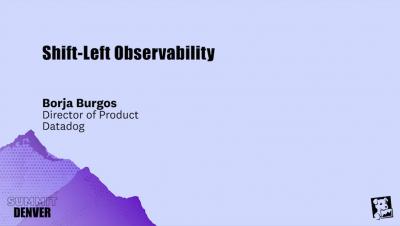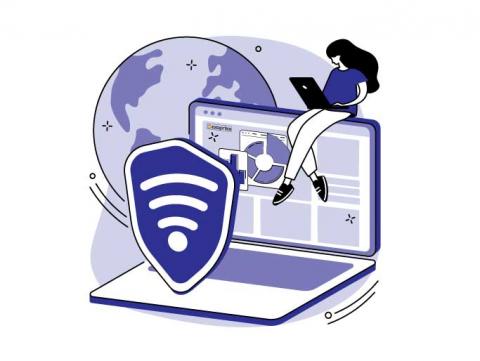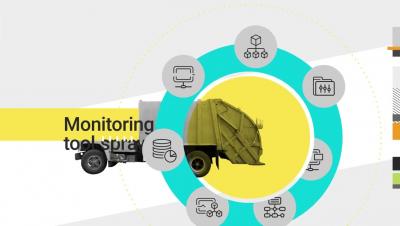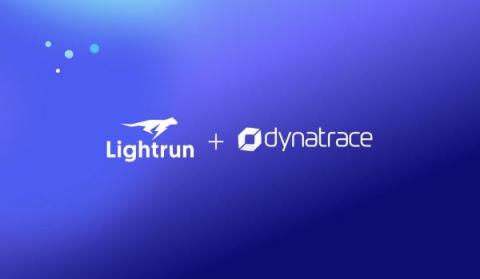Operations | Monitoring | ITSM | DevOps | Cloud
Observability
The latest News and Information on Observabilty for complex systems and related technologies.
WiFi Observability to Boost Employee Digital Experience
We are all moving towards a digital workplace - or a hybrid work scenario. Whatever be the case, you can expect end-users to call and complain about a poor WiFi experience. That's because network monitoring needs to be done from their standpoint, not from the enterprise end. And without the correct WiFi observability data, it's challenging to narrow down the root cause of the problem affecting remote employees. And those problems - poor WiFi performance leading to poor digital experience - can be pervasive and persistent.
5 Executive Blindspots Around Hybrid IT Observability
Modernize Legacy Code in Production - Rebuild your Airplane Midflight without Crashing
I spent over a decade as a consultant working for dozens of companies in many fields and pursuits. The diversity of each code base is tremendous. This article will try to define general rules for modernizing legacy code that would hopefully apply to all. But it comes from the angle of a Java developer. When writing this, my primary focus is on updating an old Java 6 era style J2EE code to the more modern Spring Boot/Jakarta EE code.
What is Distributed Tracing?
As systems get ever more complicated with more layers in the application stack, it can become more difficult to keep track of what is happening at all of the different, discrete levels and this is where distributed tracing comes into play.
Ask Miss O11y: When should you delete instrumentation?
When do you delete instrumentation? You delete instrumentation when you delete code. Other than that, if you’re doing things right: almost never. One of the best things about honeycomb is that it completely transforms the incentives around preserving instrumentation. With metrics-based tools, the most valuable metrics are always custom metrics. You need to define a custom metric for literally any question you might ever want to ask about the app and its utilization or performance.
The AIOps Journey by NN Bank: Driving Business Performance With Observability in Financial Services
Full-Cycle Observability With Dynatrace and Lightrun
Getting a good grasp on your application, especially when it is distributed across multiple clouds, kubernetes clusters and serverless functions is not an easy fit.
Observability for New Teams: Part 1
Any significant shift in an organization’s software engineering culture has the potential to feel tectonic, and observability (o11y for short)—or more specifically, Observability Driven Development—is no different. Leaning into observability, which calls for tool-enhanced investigation, hypothesis testing, and data richness can be cumbersome even for the most veteran of teams.











